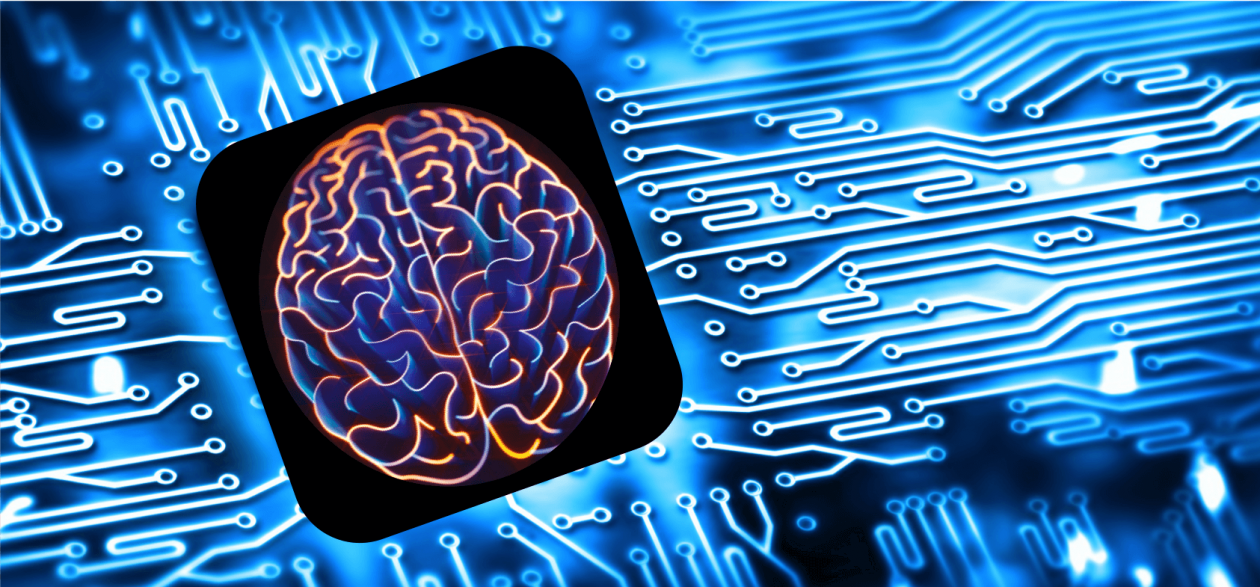Overview
While humans seem to effortlessly interact with our environment, the underlying neurobiology of how this happens is exceedingly complex. Relatively little is known of how action representations are formed and stored in the brain, or of how abstract action goals are seamlessly decomposed into specific neural and biomechanical parameters to allow for goal- and task-relevant behavior. As an added complexity, nearly all tasks are heavily reliant on sensory feedback from multiple modalities for accurate motor execution. Despite this complexity, a vast majority of fundamental motor control work has been conducted in healthy young adults who are right-hand dominant. Are brain activation and motor patterns of an older individual the same as a younger individual when performing the same task? How about a stroke survivor? An amputee wearing a prosthesis? Is the neurobiology of left- and right-dominant individuals the same in motor tasks? In short, the answer is “No” in all cases.
In SMILe, motor control is a collection of techniques and theories that can be applied across a range of research areas, serving as a point of convergence. In this way, we are a truly multidisciplinary endeavor that has the flexibility and capability to adapt as findings lead us in new directions, or as new and original ideas are proposed for study. Accordingly, SMILe is actively investigating neurobiological function in a number of different research areas. Some of these are highlighted below.
Please go here for a complete list of publications in PubMed.
Healthy Aging
One current project in the SMILe is focused on healthy aging. It is well known that aging alters our neurobiology, yet older individuals are capable of performing many of the same tasks as younger individuals. Little is known of how the brain accommodates these age-related changes to allow for the continuation of function, and this is being studied in the SMILe. Similarly, even healthy older adults show deficits in the comprehension of complex actions, such as tool use. How these action representations are stored and recalled in the brain, and how aging changes these representations, are being studied in the SMILe.
Pathological Aging
To further expand the scope of our work in healthy aging, a next step is to extend these research methodologies into neurological populations (e.g., stroke, Alzheimer’s, mild cognitive impairment, dementia). In other words, there is a logic flow in this process – identify the effects of 1) brain age, 2) brain health and 3) their potential interaction.
Limb Dominance
As an example of using similar methodologies and techniques in different areas, we are now focused on projects in the area of hand dominance. Recently, we have observed that left- and right dominant individuals have remarkably different patterns of neural activation during action encoding (observing the actions of others) and pilot data suggest further differences in motor sequence learning. These are exciting findings that will help us better identify differences in the underlying neural processes of left- and right dominant individual in a number of different situations, including internal action simulation, implicit motor sequence learning, and overt task complexity. These are ongoing projects in SMILe.
Sensorimotor Integration and Force Control
New and continuing research foci will involve the relative role of visual and somatosensory feedback in action comprehension and execution. Our brains weight sensory feedback, based on the relative reliability of each modality, yet the basic mechanisms of how this occurs is poorly understood. The consequences of inaccurate sensory weighting and sensorimotor integration can be profound for clinical populations such as patients with chronic stroke, sensory dysfunction, spinal cord injury, and those with amputation. Going forward, I have an interest in translating this work to explicitly evaluate the control of precision force, especially in healthy aging.
Advanced Analysis Techniques
As with many scientific disciplines, we cannot simply purchase a software package that meets all of our needs. So, we are often in a position where we need to create our own software and code for different analyses for different types of data. Another complication is that the field of neuroscience is rapidly advancing thanks to better computational infrastructure. For SMILe to stay current, we must incorporate new analytical techniques into our list of available methods. Examples that we are currently working on include time-frequency decomposition via Morlet wavelets, functional and effective connectivity, graph theoretical analyses, shift functions, and source localization. This work is continuing (all the time!).
